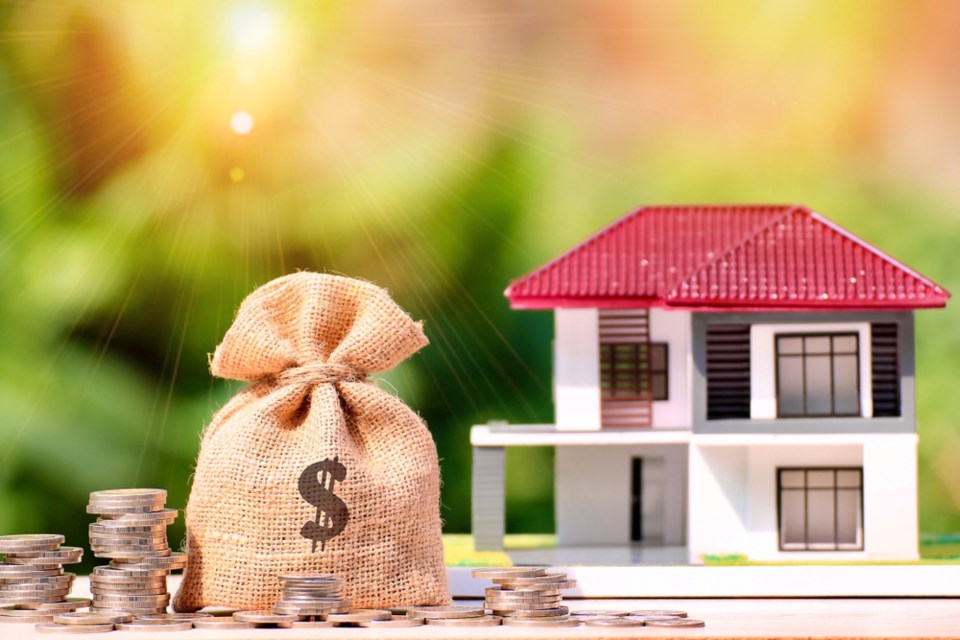With 2021 being a reassessment year for properties, owners can breathe easy knowing that the process to determine new valuations will not include the pandemic’s effects or the hot real estate market.
The Saskatchewan Assessment Management Agency (SAMA), which has a regional office in Moose Jaw and looks after property valuations here, discussed several assessment- and valuation-related topics during an online presentation hosted by the Moose Jaw & District Chamber of Commerce on May 20.
2021 revaluation year
Property valuations operate on a four-year cycle, where SAMA looks at market conditions every four years to determine what value to give classes of properties such as residential, commercial, industrial and agricultural. The organization reviews properties’ information and updates them with data about what’s happened in the market.
The assessment notices that property owners will soon receive for 2021 are based on what was happening in the markets by Jan. 1, 2019, explained manager Nancy Wollner. SAMA will have reviewed four years of market sales — 2015 to 2018 — to that date and will report those conditions for the 2021-24 cycle.
“We look at your property on the facts and conditions of January 2021, but we value it based on Jan. 1, 2019,” she continued. This also means newly-built properties will be valued based on four years of market data to Jan. 1, 2019.
The 2025 to 2028 valuation cycle will be based on market sales up to Jan. 1, 2023.
“Just remember, what we are doing is interpreting what’s happening in the market … and providing the city with an estimate,” Wollner said, so it helps to have as much accurate data as possible from property owners.
“The work for the 2025 revaluation is well underway, and its base date will be Jan. 1, 2023.”
Notices during cycle
City hall sends out assessment notices in the first year of the revaluation cycle, with properties receiving another notice during the following three years only if there has been a change to that land, she continued. This includes physical adjustments, new owners, or when SAMA adjusts its models that then change valuations.
SAMA needs a two-year lag with valuations because it must analyze the data it collects and contact property owners. It must then give that data to the province, which sets the preliminary percentages of value for property classes. This, Wollner acknowledged, doesn’t give municipalities much lead time to send out notices to property owners.
SAMA — located on the fourth floor of city hall — has had an assessment agreement with the City of Moose Jaw since 2006. The municipality handled this task before both parties began working together 15 years ago.
Provincial trends
Some of the revaluation trends that SAMA is seeing across the province this year include:
- Seven-per-cent decrease in residential
- No change to seasonal
- Three-per-cent decrease in multi-family
- 25-per-cent increase in arable agriculture
- 21-per-cent increase in non-arable agriculture
- 12-per-cent increase in commercial
- 17-per-cent increase in pipeline and railway
- 17-per-cent increase in elevators
A total overall increase of seven per cent across Saskatchewan
“Today, we’re seeing a very buoyant residential market; obviously a sellers’ market,” Wollner added. “Those aren’t included in this. As you recall, 2019, 2020, 2021 will be used in our next revaluation cycle.” Further information about SAMA and its activities will be reviewed in later articles.




